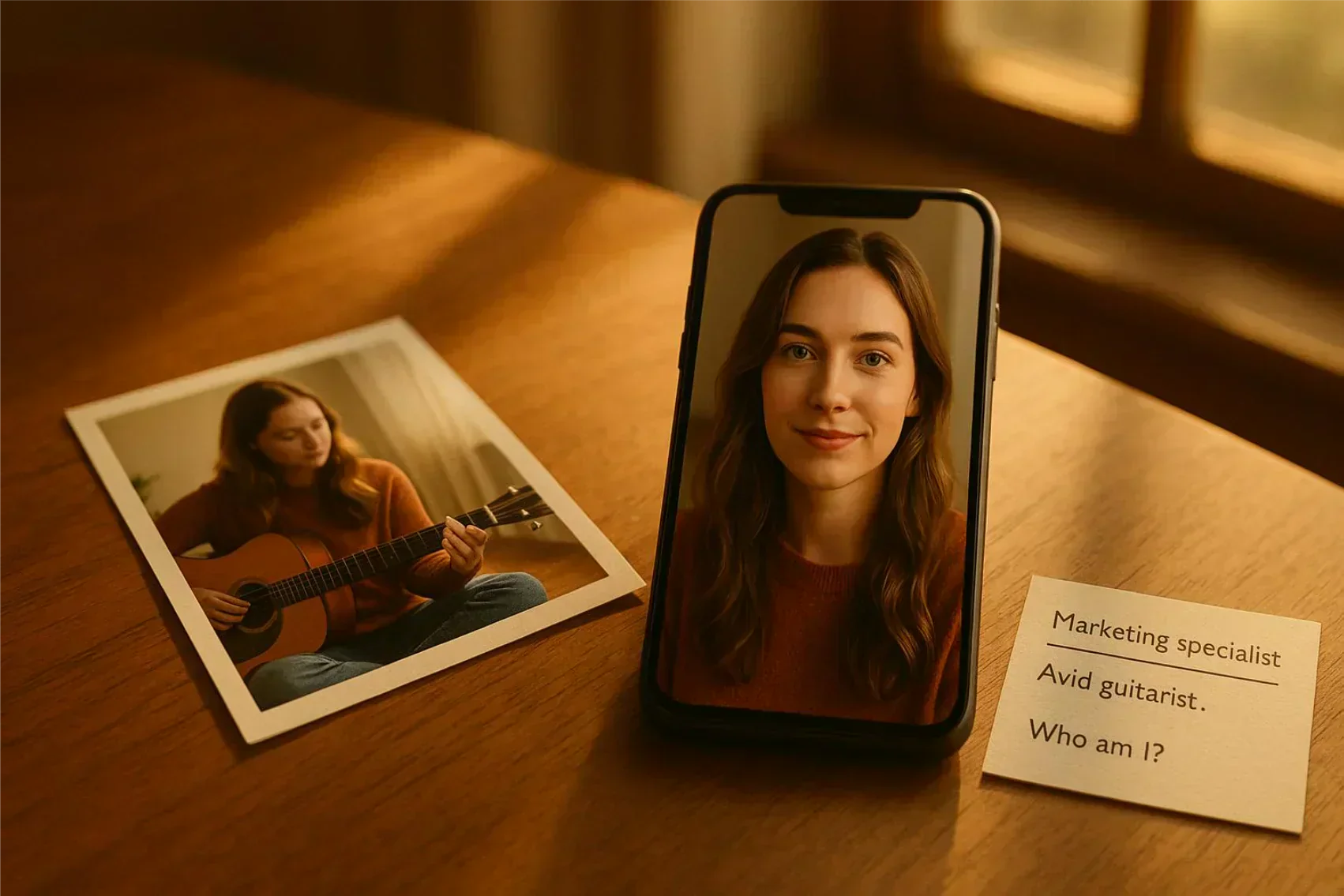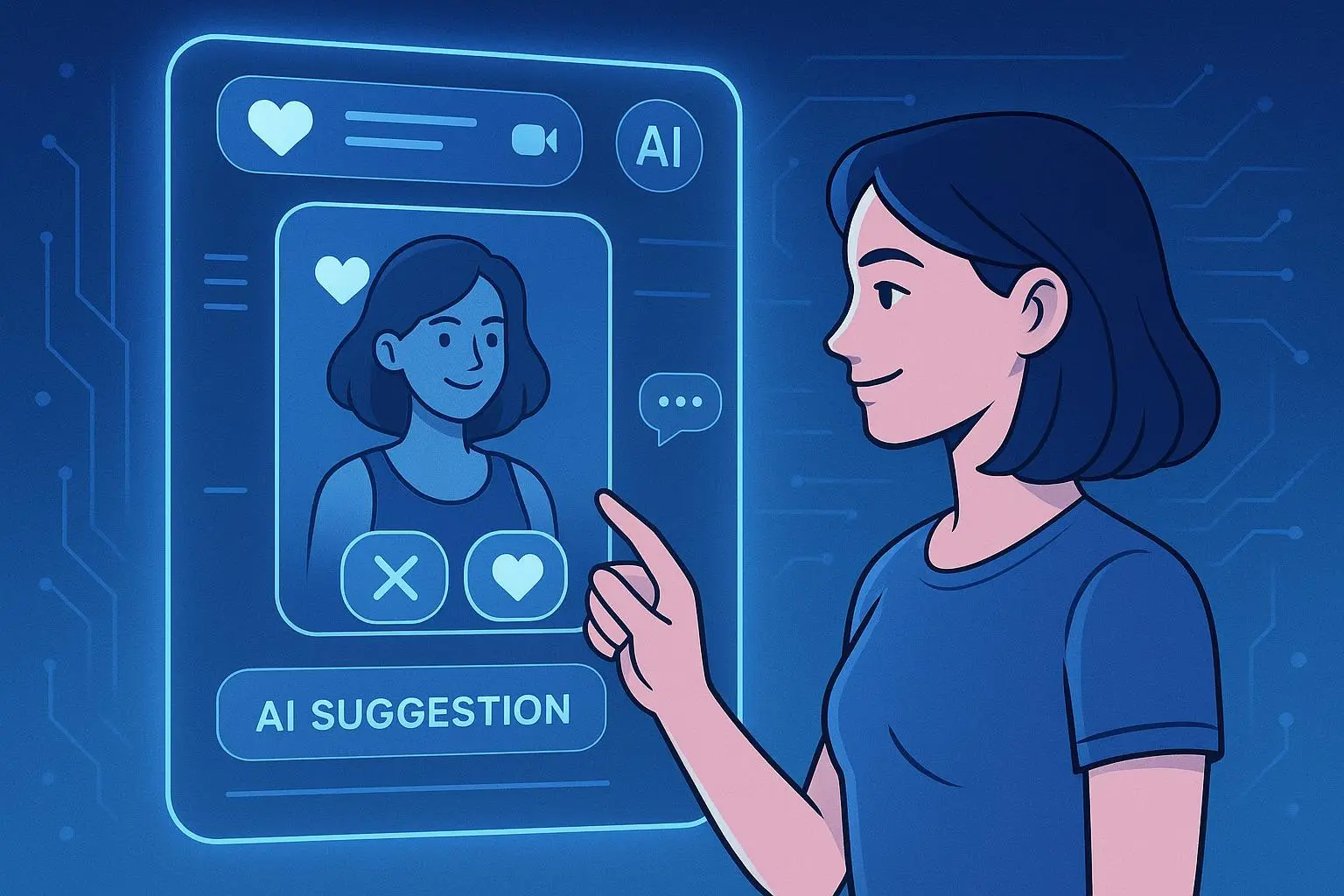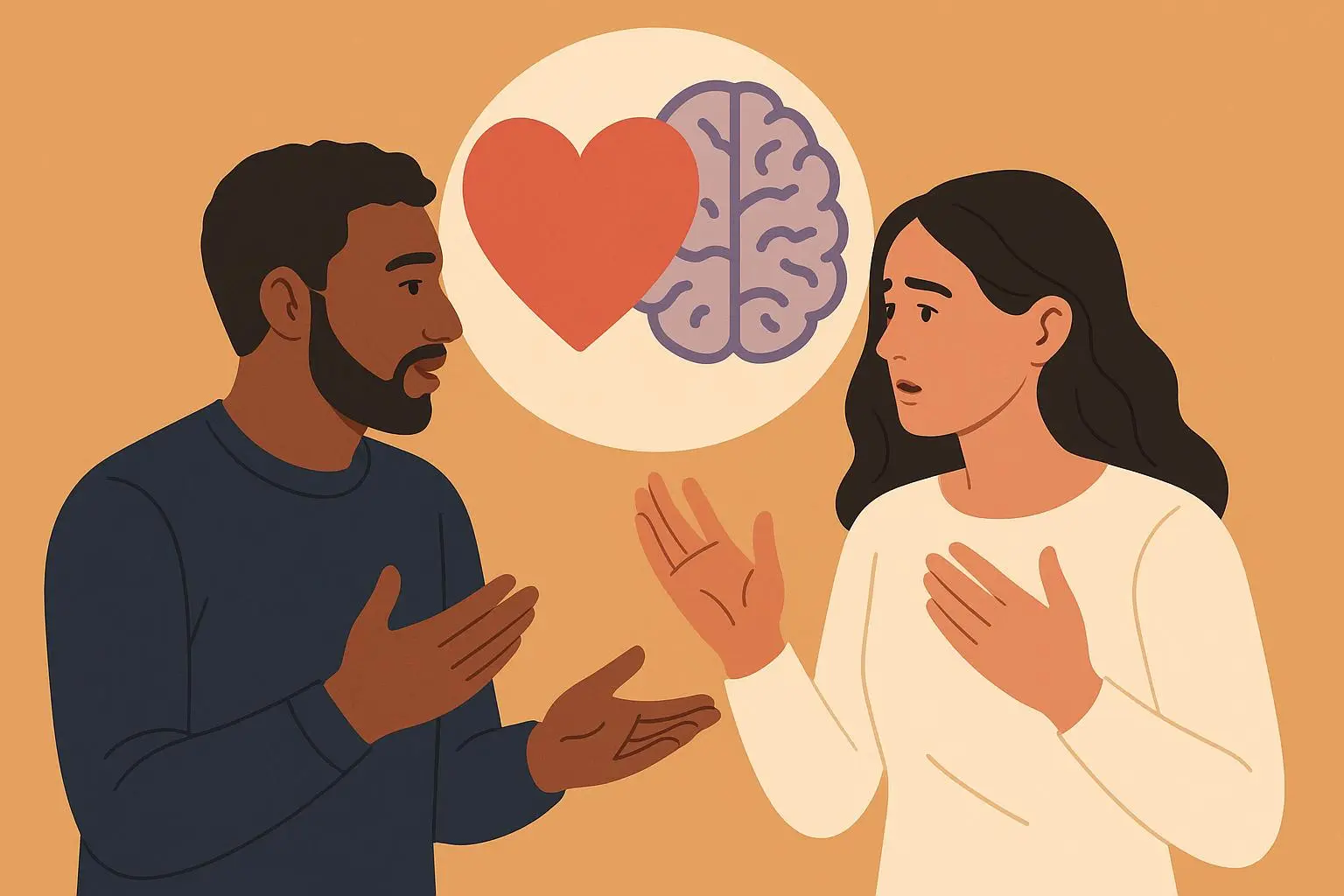
Why Profiles Matter (and How to Make Yours Work)
Published on 10/23/2025 • 8 min read
TL;DR Want better matches and better conversations? Start with three small moves tonight: update your primary photo to a clear, recent headshot in natural light, add a candid showing something you love, and rewrite the top two lines of your bio to include a specific scene and a closing question. Test changes one at a time for a week and judge by conversation quality, not raw match counts.
Why profiles matter more than you think
We make split‑second judgments online. Your profile is not a passive listing; it’s a narrative you invite strangers into. In testing with friends and clients (panels of roughly 30–100 profile views per test), small, targeted tweaks often raised meaningful replies and increased first‑date asks when photos and bio aligned. The goal isn’t total matches — it’s better matches and better conversations.
HINT: Keep changes small and measurable. Swap one thing at a time and run it for 7–14 days.
Photos: how to choose images that actually work
Photos are your primary currency. They should show who you are, hint at how you spend time, and invite curiosity.
Primary photo (what works)
- Use a recent, high‑quality headshot with visible eyes and a warm, genuine expression. Avoid sunglasses or hats in your lead image.
- A practical blind test: show three candidates to 10–20 friends and pick the one rated most “approachable” and “authentic.” In my A/B runs that method often improved reply quality.
Camera tips you can reproduce
- Use your phone’s back camera for highest resolution. Turn on the camera grid and use portrait mode if available.
- Distance: roughly 1.5–3 meters (5–10 feet) for a natural perspective. Frame from chest up for headshots.
- Lighting: shoot in natural window light or during golden hour (30–60 minutes after sunrise or before sunset). Avoid harsh overhead light and fluorescent bulbs.
- Settings: portrait mode with natural light; turn off over‑zealous HDR if it over‑processes; if your phone shows aperture, a wider aperture gently blurs the background.
Variety and sequencing
Aim for about five complementary images: 1) clear headshot, 2) full‑body/context shot, 3–4) lifestyle/hobby images, 5) travel or experience shot. Sequence them so the lead is a face, the second shows how you live, and later images invite questions.
What to avoid
- Group photos that make it hard to spot you.
- Heavy filters or over‑processed faces.
- Excessive gym mirror selfies or photos that hide your face.
- No full‑body photo: leaves room for mismatched expectations.
Edge case: low‑quality photos If you only have low‑res images, prioritize clarity: pick the clearest face shot, crop tighter to remove distractions, and add a line in your bio acknowledging the limitation (“Updating photos soon—ask me about the road trip shot I’ll replace!”). Honesty prevents surprise on dates.
Writing a bio that invites conversation (not a résumé)
Think small scenes, not lists. Show, don’t tell.
The 70/30 rule
Spend about 70% of the bio on who you are (specific scenes, habits, values) and 30% on what you’re seeking. Example: “I once got lost on purpose in Lisbon and found the best pastel de nata — I’m looking for someone curious about small adventures.”
Practical prompts that worked in testing
- Instead of “I love travel,” write: “I got lost on purpose in Lisbon and found a bakery with the best pastel de nata.”
- Prompt answer: “Unusual skill: I can memorize song lyrics after one listen. Ask me my karaoke go‑to.”
Tone and boundaries Use positive, partner‑oriented phrasing. If you need to set boundaries, do it as values: “I prioritize honest plans and timely communication.” That’s more inviting than long lists of “no.”
Edge case: dealing with negativity If you’ve seen profiles that list several dealbreakers, consider swapping a short values sentence for the checklist. If you must be explicit (e.g., safety, children), put it in the last line: “Non‑smokers, please — thanks!”
Conversation openers that actually land
The first message sets the tone. Personalized, curious openers outperform one‑word greetings; in trials I’ve seen reply rates jump substantially for tailored questions.
Framework: Notice → Connect → Ask
- Notice something unique. “That bookstore photo looked cozy…”
- Connect with a short reaction. “…I love getting lost between shelves.”
- Ask an easy open‑ended question. “…what’s the best find you’ve made there?”
Sample openers you can copy
- “That cafe shot looks perfect—what did you order that night?”
- “You mentioned hiking—what trail surprised you most?”
- Playful but warm: “You’re into trivia—what’s the trivia fact that never fails to impress?”
Handling low‑engagement or hostile messages
- If someone goes silent after two messages, try a brief nudge: “I enjoyed our chat—still interested in meeting some time?” If no reply, move on.
- If someone is hostile, stop responding. A polite close: “I don’t engage with disrespect. Take care.” Then block or report.
Platform‑specific tweaks (because apps aren’t interchangeable)
- Hinge: use prompts to create clear conversation hooks and include at least two prompt‑driven lines someone can comment on.
- Bumble: write profile lines that make it easy to open (e.g., specifics someone can ask about), since women message first there.
- Tinder: prioritize immediate visual impact — strong primary photo and a 1–2 line bio that states intent.
Multimedia Where supported, add short videos or voice notes (5–20 seconds) that show laughter, movement, or a quick anecdote. Motion and tone often increase replies because people respond to energy and voice.
Measure, test, and iterate (without losing yourself)
Run methodical tests: change one variable at a time (main photo or one prompt) and measure for 7–14 days. Track raw matches, reply rate, and—most important—quality of conversations (did they ask to meet? Did they align on values?).
Example testing plan
- Week 1: baseline with current profile, log matches and replies for 7 days.
- Week 2: swap main photo only, log for 7 days and compare reply and meet rates.
- Sample size: aim for at least 30–50 profile impressions or interactions per test to spot patterns.
Interpretation tip If you get more matches but fewer quality conversations, that variant is not a win. Prioritize conversations that lead to real dates and aligned values.
Common pitfalls and exact language to fix them
Pitfall: Over‑curating a persona
- Fix: Add a candid image and a line that shows imperfection: “I’m not a professional chef, but I make a mean shakshuka.”
Pitfall: long lists of dealbreakers
- Fix: Replace with values‑based line: “I’m looking for someone curious, communicative, and kind.”
Pitfall: outdated profile
- Fix: Update photos or prompts every 6–12 weeks and be active for better visibility.
How authenticity wins long‑term
Authenticity—showing a believable, generous portrait of yourself—outperforms short‑term tricks. Thoughtful effort signals seriousness and respect, which attracts people who fit into your life and keeps dates from becoming awkward surprises.
Quick tonight plan (three actions)
- Update primary photo: clear, recent headshot in natural light.
- Swap one photo for a candid of something you love.
- Rewrite your top two bio lines to include a quick scene plus a closing question.
Optional tool suggestion (no affiliation) If you like outside opinions, try a photo‑rating tool or a small trusted panel of friends to get objective feedback. Treat these tools as optional data points, not gospel.
Closing thought
Profiles ask us to be honest and appealing in a few images and lines. With small, deliberate tweaks—better lighting, a true anecdote, a thought‑provoking prompt—you can turn swiping fatigue into conversations that matter. Invest a little effort, stay true to yourself, and let your profile do the work of connecting you to people who actually fit.
Micro‑moment: I refreshed my lead image after a weekend shoot; the next morning a match messaged, “Love your photo—what’s the story behind that jacket?” That quick question turned into a coffee date two days later.
Personal anecdote I once spent an afternoon updating my profile because it felt “fine” but flat. I replaced a dim selfie with a window‑lit headshot, added a candid photo of me making pasta, and rewrote my first two bio lines to describe a small scene: getting lost in a foreign market. I showed the new set to a few friends and kept the version that scored highest for approachability. Over the next week, the conversations I received shifted. People referenced details from the photos and opened with easy questions about food and travel. One match mentioned the pasta photo specifically and suggested a recipe swap—our first date ended up being dinner where we actually cooked together. The change wasn’t magic; it was deliberate trades: better light, one true anecdote, and a bio that invited a question. That felt like actual progress, not vanity metrics.
Ready to Optimize Your Dating Profile?
Get the complete step-by-step guide with proven strategies, photo selection tips, and real examples that work.


